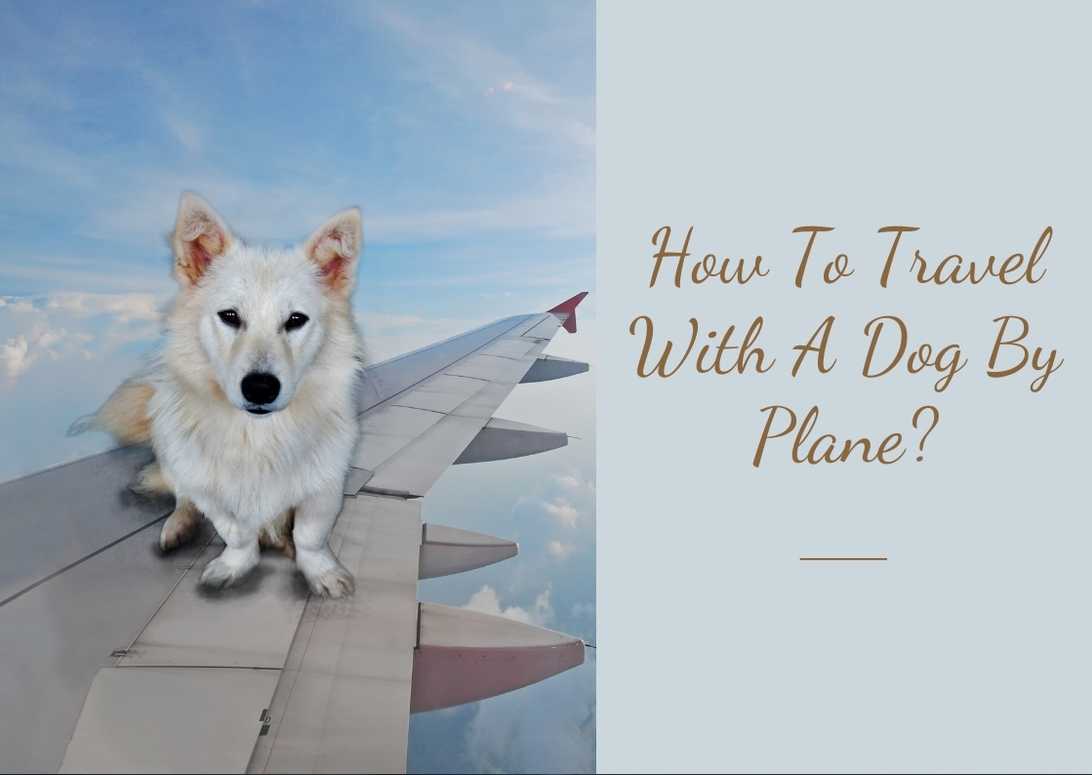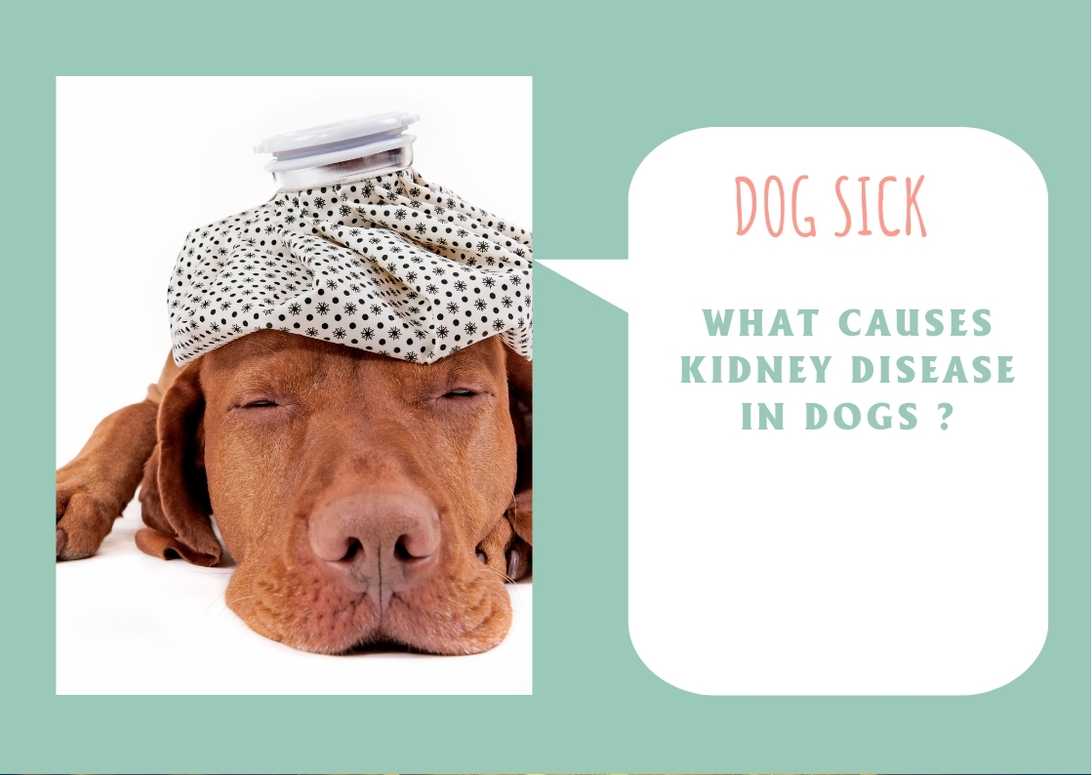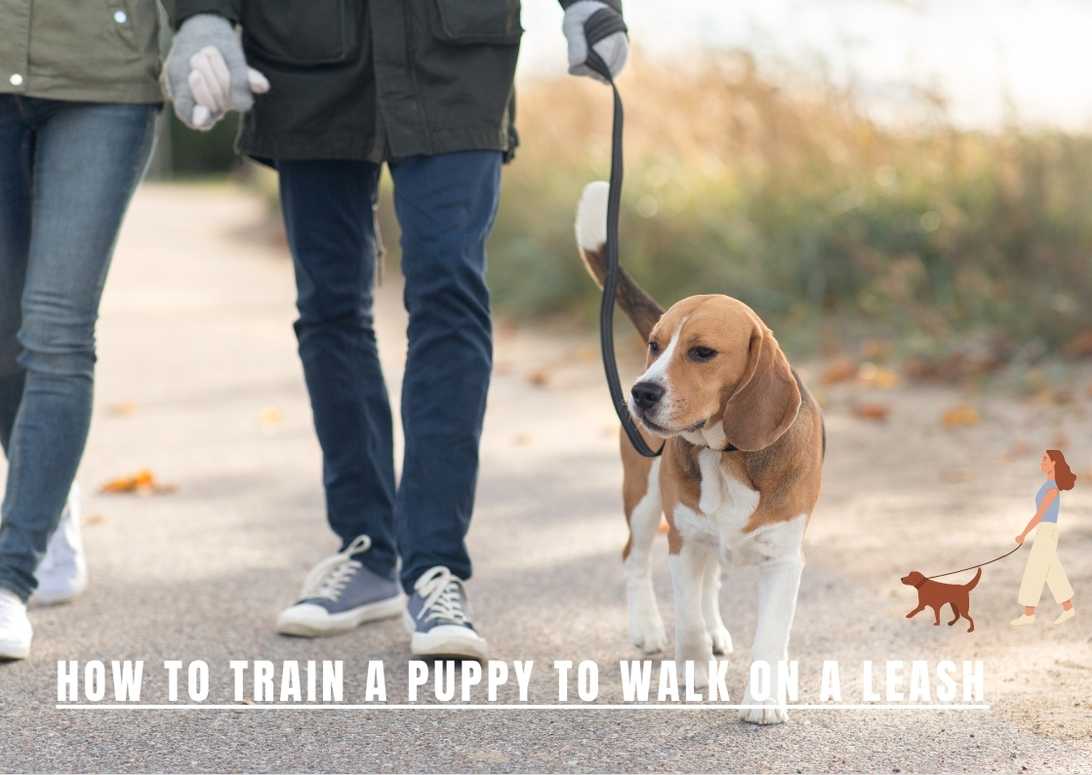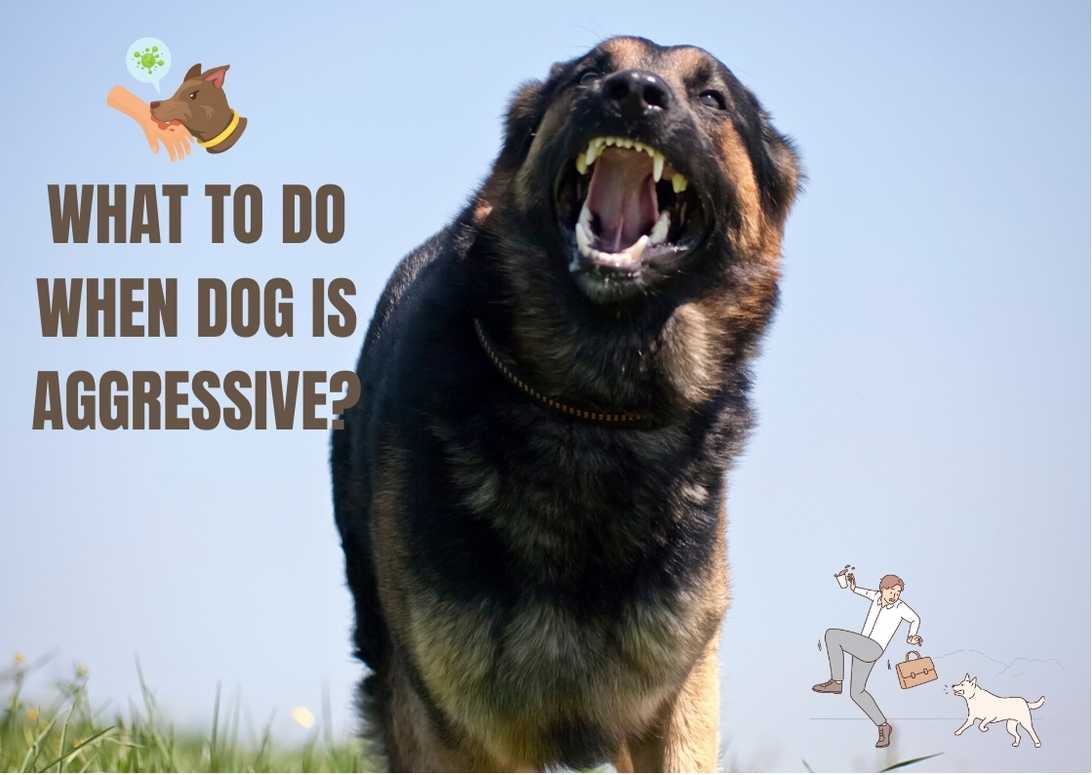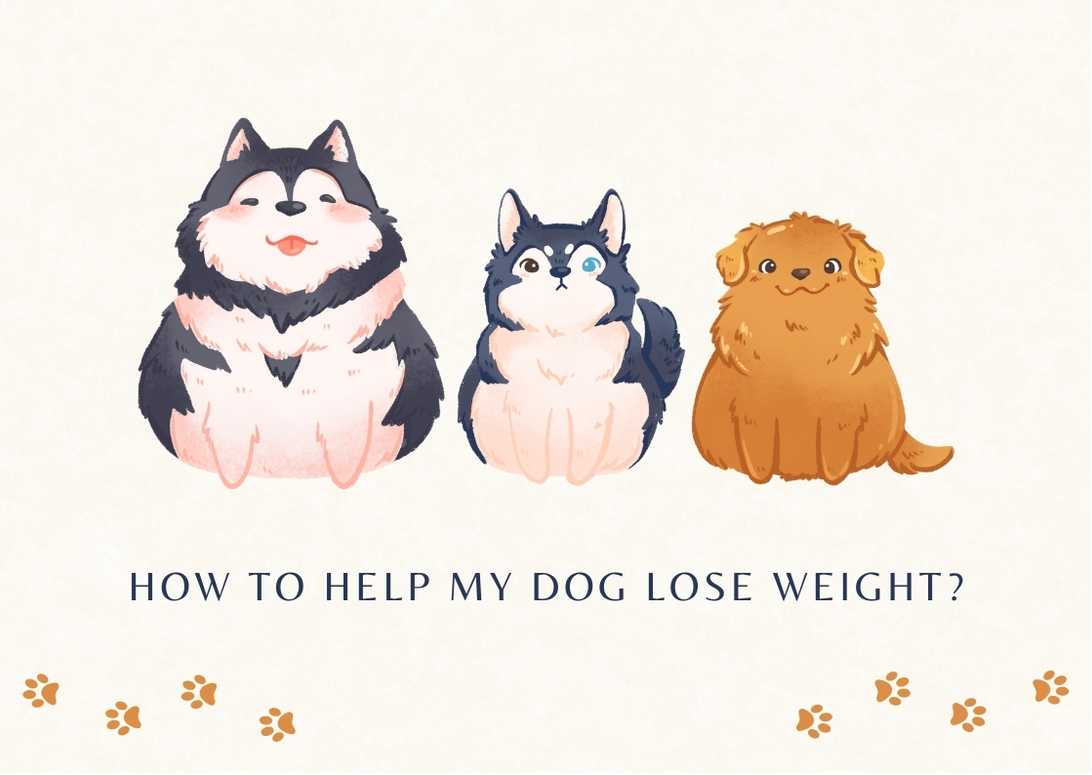How To Travel With A Dog By Plane?
Traveling with your furry friend can be an exciting adventure, but it’s essential to plan ahead and make the necessary preparations. In this article, I will guide you through the process of how to travel with a dog by plane. Whether it’s your first time or you’re a seasoned traveler, there are certain guidelines and requirements that you need to be aware of to ensure a smooth journey for both you and your four-legged companion.
Firstly, it’s crucial to notify the airline in advance about your intention to travel with your dog. Different airlines have varying policies and restrictions when it comes to traveling with pets, so it’s best to check their specific guidelines beforehand.
Additionally, choosing the right carrier is crucial for your dog’s comfort and safety during the flight. The carrier should be TSA-approved and spacious enough for them to stand up, turn around, and lie down comfortably. It should also fit under the seat in front of you as a carry-on item.
By following these steps and being well-prepared, you’ll be ready for a stress-free journey with your beloved canine companion!
Important Points
- Notify the airline in advance and obtain specific guidelines for traveling with a dog in the cabin.
- Choose a TSA-approved carrier that is spacious and fits under the seat as a carry-on item.
- Pack essential items for your dog’s comfort and well-being, including food, water bowls, bedding, toys, and medications.
- Ensure your dog is well-trained and behaves properly during the flight to prevent disruptive behaviors.
How to Prepare
Before traveling with your furry companion by plane, it’s essential to make the necessary preparations. First and foremost, you should notify the airline about your pet. They’ll provide you with specific guidelines and requirements for traveling with a dog in the cabin.
Additionally, it’s crucial to obtain a TSA-approved pet carrier that meets all the necessary specifications. This carrier should be well-ventilated and spacious enough for your dog to move comfortably.
When packing for your trip, don’t forget to include some essential items for your dog’s comfort and well-being. These may include food, water bowls, bedding, favorite toys, and any medications they may need during the journey. It’s also advisable to bring along familiar scents or blankets from home to help calm their anxiety during travel.
Speaking of anxiety management, if your dog tends to get nervous or anxious during travel, there are several training tips you can implement beforehand. Gradually acclimating them to their carrier by placing treats inside and allowing them to explore it at their own pace can help reduce their stress levels. Additionally, practicing short car rides or visits to busy places can prepare them for the hustle and bustle of an airport environment.
It’s important to note that vaccination requirements may vary depending on your destination. Make sure your dog’s vaccinations are up-to-date before traveling and carry documentation as proof if needed.
Finally, familiarize yourself with any airline restrictions regarding breed-specific regulations or size limitations.
Now that you’ve prepared yourself mentally and physically for traveling with your four-legged friend by plane, let’s move on to choosing the right carrier that will ensure their safety throughout the journey without causing discomfort or distress.
Choosing the Right Carrier
When deciding on the perfect carrier for your furry friend, it’s like finding a cozy little home in the sky.
One important factor to consider is the size requirements of the carrier. Airlines have specific dimensions for carry-on pet carriers, so make sure to check their guidelines before making a purchase. You want to ensure that your dog has enough space to stand up, turn around, and lie down comfortably during the flight.
Another consideration is the material options for the carrier. Soft-sided carriers are lightweight and easy to maneuver, while hard-sided carriers provide more protection and stability. Choose a material that suits your dog’s needs and preferences.
Weight restrictions are also something to keep in mind when selecting a carrier. Each airline has different weight limits for pet carriers, so be sure to check these requirements as well. It’s important not to exceed these limits as it can result in additional fees or even being denied boarding.
Comfort features are essential for keeping your furry friend relaxed during travel. Look for carriers with padded interiors and secure closures to ensure their safety and comfort throughout the journey. Some carriers even have built-in water bottle holders or pockets for storing treats or toys.
Lastly, consider the cleaning and maintenance of the carrier. Accidents happen, so it’s crucial to choose a carrier that is easy to clean. Look for removable padding or washable materials that can be easily wiped down or put into a washing machine.
Now that you’ve chosen the perfect carrier for your dog, it’s time to move on to the next step: health certificate requirements…
Health Certificate Requirements
Once you’ve secured your cozy carrier, it’s important to make sure you have all the necessary health certificate requirements in place for a smooth and worry-free journey with your furry travel companion.
Airlines typically require a health certificate, which can only be issued by accredited veterinarians following a veterinary visit that includes a thorough physical examination of your dog. The health certificate is an official document stating that your dog is in good health and fit to fly. It serves as proof that your dog has received proper medical care and vaccinations, ensuring the safety of both your pet and other passengers on board.
It’s crucial to check with your airline about specific requirements for the health certificate validity, as some airlines may require it to be issued within a certain timeframe before the date of travel.
Transition: Now that you have taken care of the required documentation and obtained a valid health certificate for your dog, let’s move on to the next important aspect of traveling with them by plane – feeding and hydration.
Feeding and Hydration
Make sure you pack enough food and water for your furry travel companion to keep them satisfied and hydrated throughout the journey. It’s important to consider the length of the flight and any layovers when planning their feeding schedule. Some dogs may experience motion sickness or stress during air travel, so it’s best to feed them a light meal a few hours before the flight. This will help prevent any discomfort or accidents during the journey.
Additionally, choose travel-friendly feeding accessories such as collapsible bowls that are easy to pack and clean.
When it comes to water availability, remember that security regulations prohibit carrying liquids through airport checkpoints. However, once you pass through security, most airports have designated areas with water fountains where you can fill up your dog’s water bottle. It’s essential to keep your pup hydrated throughout the trip, especially if it’s a long flight or there are delays. Consider freezing some water in a spill-proof bowl before leaving home so that it melts gradually and provides your dog with access to cool water during the journey.
As we continue our travels with our furry companions, let me share some tips on navigating through the security and check-in process seamlessly.
Security and Check-in Process
To ensure a smooth check-in process and breeze through security, remember that preparing for your journey with your furry companion is like packing a well-organized suitcase – it saves time and reduces stress. Here are some key points to keep in mind:
- Familiarize yourself with the Transportation Security Administration (TSA) regulations regarding traveling with pets. These regulations may include specific guidelines on how to handle your pet during the security screening process.
- Make sure your dog has proper identification, such as a collar with an ID tag or a microchip. This will help reunite you with your furry friend in case of any unexpected situations.
- Be prepared for the security screening process by knowing what to expect. Your dog may need to be removed from their carrier and carried through the metal detector while you walk through separately.
- Check the airline’s carry-on restrictions beforehand to ensure that your pet carrier meets all requirements. There may be size limitations or specific rules about where the carrier can be placed during the flight.
- Don’t forget to bring all necessary documentation and paperwork for your dog, including health certificates and vaccination records. These documents are often required by airlines and should be easily accessible during check-in.
Transitioning into the subsequent section about ‘in-flight etiquette’, remember that once you have successfully navigated through security and check-in, it’s important to maintain good in-flight etiquette when traveling with your dog by plane.
In-Flight Etiquette
Maintaining a calm and considerate demeanor, passengers with their furry companions can create a harmonious environment during the flight. One important aspect of in-flight etiquette is noise control. It’s essential to keep your dog as quiet as possible to avoid disturbing other passengers. Comforting them when they get anxious or nervous can help reduce any unnecessary barking or whining.
Additionally, if your pet tends to get restless during flights, it may be helpful to bring along their favorite toys or treats to keep them occupied and content.
Pet behavior is another crucial factor in creating an enjoyable in-flight experience for everyone. Ensuring that your dog is well-behaved and obedient can make a significant difference. Proper training before the trip will help prevent any disruptive behaviors such as jumping on other passengers or wandering around the cabin unsupervised. If needed, consult with a professional trainer prior to your journey for guidance on how to best manage your pet’s behavior during the flight.
Interacting with other passengers should be done cautiously and respectfully. While some people may be eager to meet your furry friend, others might have allergies or fears of dogs. Always ask for permission before allowing someone else to interact with your pet and respect their decision if they decline. Cabin crew assistance is available throughout the flight if you need any help regarding your dog’s comfort or any other concerns that may arise.
Transition: As we reach our destination, it’s important not only to focus on arrival but also on post-flight care for our four-legged companions without causing disruption among fellow travelers.
Arrival and Post-Flight Care
Now that we’ve covered in-flight etiquette, let’s move on to the next important aspect of traveling with your dog by plane: arrival and post-flight care.
After the flight, it’s important to give your furry friend some time to acclimate to their new surroundings. Just like humans, dogs can experience travel anxiety and may need some time to adjust. Take them for a short walk outside the airport or find a designated pet relief area if available. This will not only allow them to relieve themselves but also stretch their legs after being confined in the carrier during the flight.
Once you arrive at your destination, it’s essential to prioritize your dog’s grooming needs. Long flights can leave them feeling dirty and uncomfortable, so a quick brushing or wiping down with pet-friendly wipes can help freshen them up. Additionally, make sure to offer plenty of water and some food if they haven’t eaten during the journey.
Lastly, don’t forget about their travel accessories! Double-check that you have all their belongings before leaving the airport. This includes their leash, collar with identification tags, poop bags, and any medications they may need. By taking care of these details after your flight, you’re ensuring that your pup has a smooth transition into their new environment and a comfortable start to your trip together.
Frequently Asked Questions
Can I bring more than one dog in the cabin with me?
Yes, you can bring more than one dog in the cabin with you. To keep them calm, try using calming aids and familiar items. Ensure safety for large breeds by choosing appropriate carriers. Check airlines’ policies on multiple dogs in the cabin.
What should I do if my dog becomes anxious or stressed during the flight?
If my dog becomes anxious or stressed during the flight, I can try calming techniques such as bringing familiar toys or using a thundershirt. If needed, I can also consult with a veterinarian about medication options and consider alternative travel methods.
Are there any restrictions on the type of breed that can travel in the cabin?
There may be breed specific restrictions and size limitations for traveling with dogs in the cabin. Health requirements, such as a health certificate, are typically needed. It’s important to train and prepare your dog for a smooth flight experience. Check with airlines for their specific policies on traveling with certain dog breeds.
Can I bring my dog’s favorite toys or blankets on the flight?
Yes, you can bring your dog’s favorite toys and blankets on the flight! They are essential travel supplies for dogs on a plane, helping to calm anxious dogs and ensure their comfort and safety during the flight.
How do I handle bathroom breaks for my dog during a long flight?
During a long flight, I handle bathroom breaks for my dog by using training techniques to minimize accidents. I also research if there are in-flight pet relief areas available and bring supplies to clean up any messes. This is especially important when traveling with a senior dog.
Conclusion
In conclusion, traveling with a dog by plane requires careful planning and preparation to ensure a smooth and safe journey for both you and your furry friend. By following the necessary guidelines and requirements, such as notifying the airline in advance, choosing the right carrier, obtaining a health certificate, and providing proper feeding and hydration, you can make the travel experience more comfortable for your dog.
One interesting statistic to consider is that according to a survey conducted by the American Pet Products Association (APPA), over 37% of pet owners have traveled with their pets by plane. This highlights the increasing popularity of air travel with pets and emphasizes the importance of understanding the necessary steps to ensure their well-being during the journey.
Remember, it’s essential to prioritize your dog’s comfort and safety throughout the entire travel process. By being well-informed and prepared, you can make flying with your dog an enjoyable adventure for both of you. So pack those bags, grab your pup’s favorite toy, and get ready for an unforgettable travel experience together!

